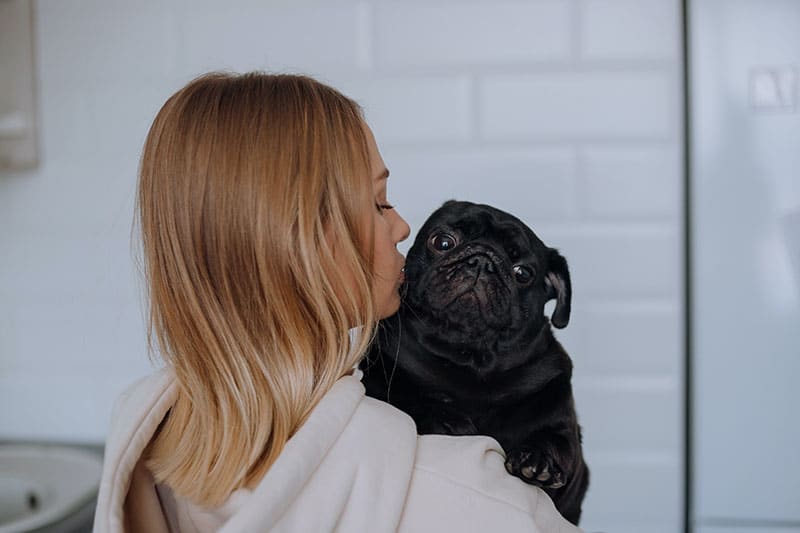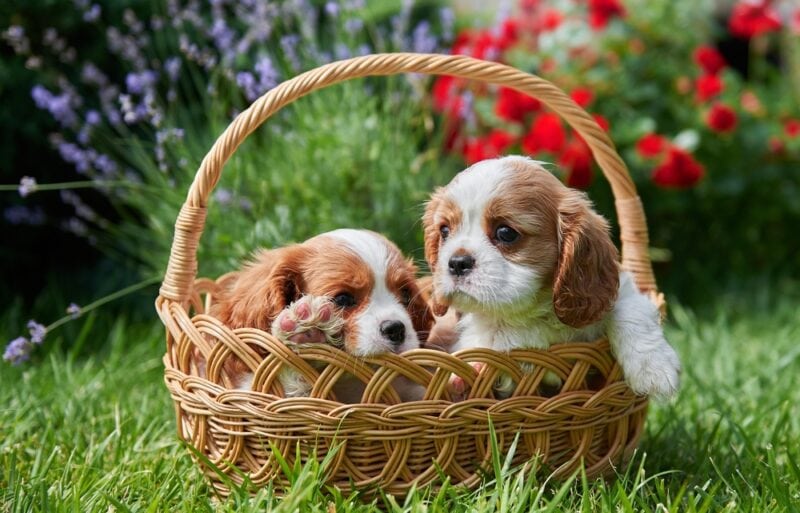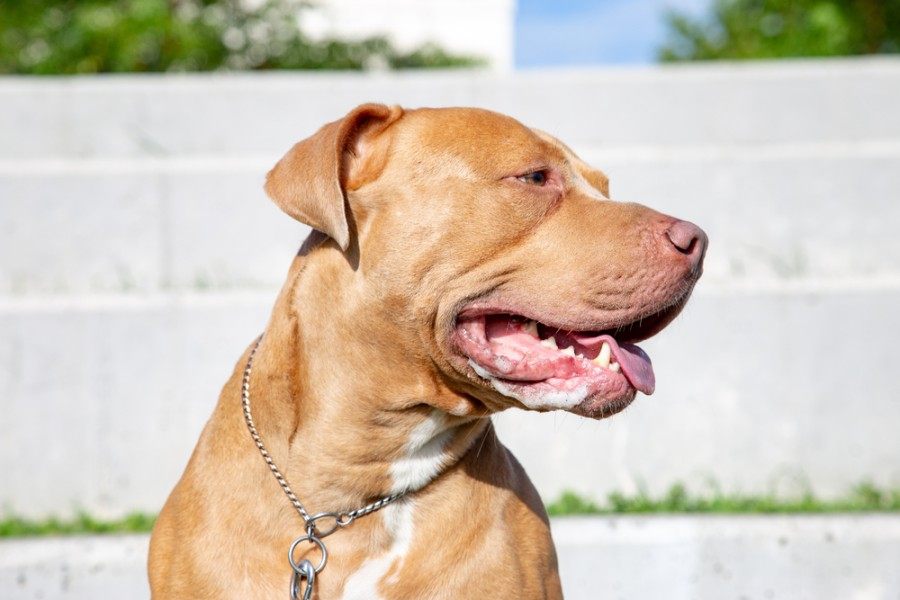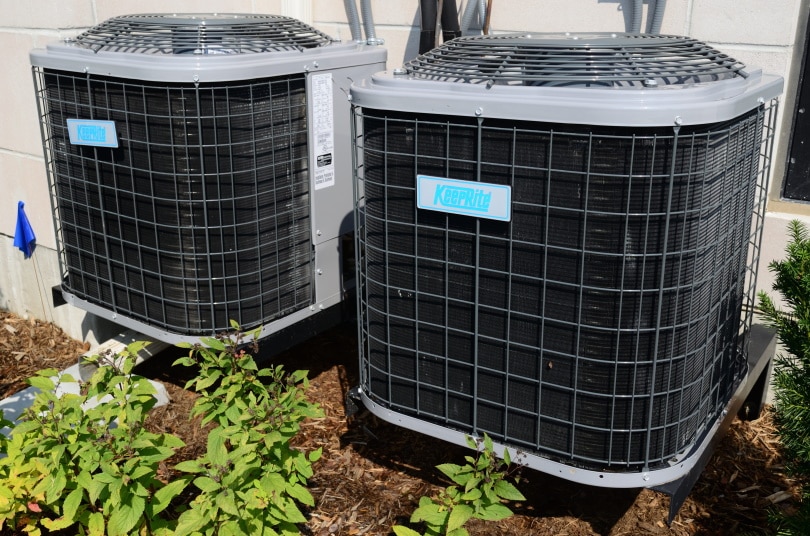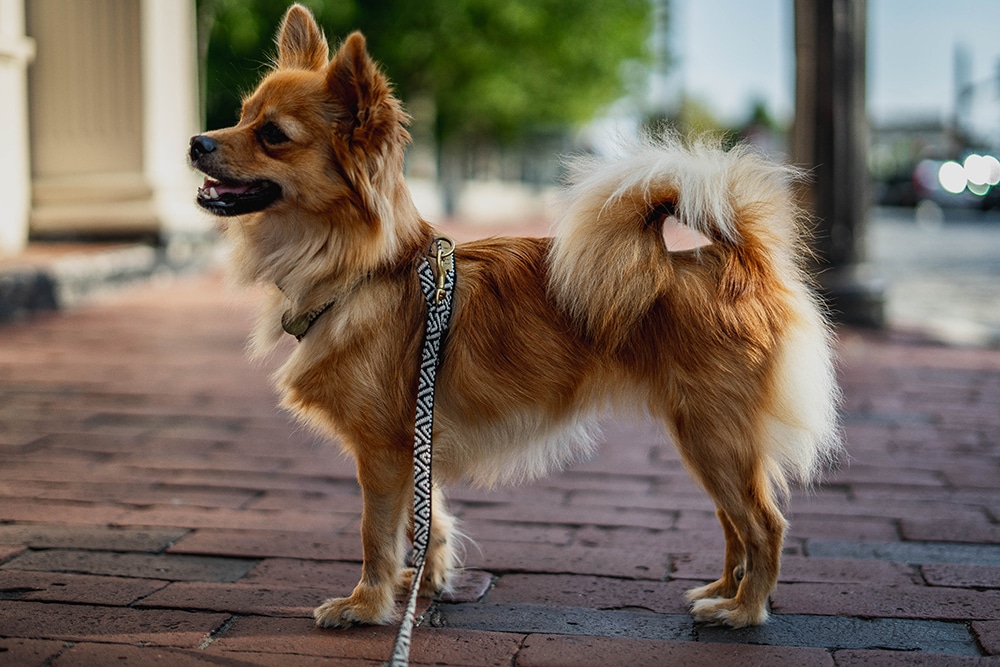Thinking about bringing home a furry friend for the first time? Curious if a Pug might be your perfect match? Let’s break down the key reasons why a Pug could be an ideal pet or why it might not suit everyone’s lifestyle.
- Pugs are low-maintenance in grooming but high in health concerns.
- They thrive in homes with owners who are around most of the day.
- Pugs have specific exercise and diet needs to prevent obesity.
- Understanding Pugs’ unique health risks is crucial before committing.
- Their loving nature might just outweigh any potential challenges.
When it comes to grooming, Pugs are quite a breeze. Unlike other breeds, these adorable dogs require no haircuts and shed less, thanks to their fur. This makes them a decent option if you’re not keen on regular trips to the groomer. Plus, their smaller size ensures they consume less food, which can be kind on your wallet.
However, their cute looks hide a host of health issues. Pugs need plenty of attention for both their physical and mental health. Since they’re bred to be companion dogs, they expect their humans to be around often. Leaving them alone for long stretches can lead to serious separation anxiety, which can be overwhelming for first-time dog owners.
Pugs are not the most energetic dogs, but they still need daily exercise. Expect to spend 20-40 minutes on a walk or playtime, which helps both of you bond without exhausting your time or energy. Be mindful, though, that Pugs are prone to obesity. A whopping 64% of them are obese, risking health issues like diabetes and arthritis. It’s vital to prevent your pet from packing extra pounds for a happier life.
It’s important to know the specific health risks that come with Pugs. Their big eyes and short noses can cause problems, including eye injuries if played with too roughly. And don’t forget about the risk of heatstroke in hot weather due to their limited panting ability. If you see signs like pale gums or heavy panting, rush them to the vet immediately.
Taking care of a Pug involves more than just cuddles. A vet can guide you on the best diet, considering their high obesity risk. Pet insurance might also be a smart investment to cover breed-specific illnesses. Make sure to give them enough exercise, avoiding extreme temperatures, and keep an eye on their delicate skin with regular grooming and sun protection.
Pugs offer endless affection and companionship but require attentive care and lifestyle considerations to thrive.
